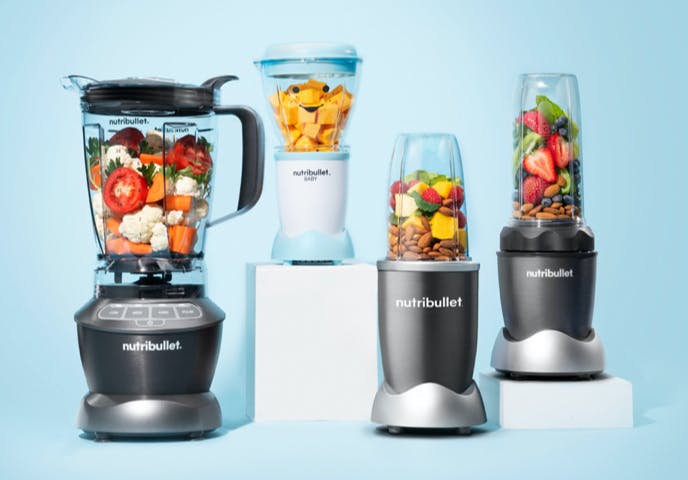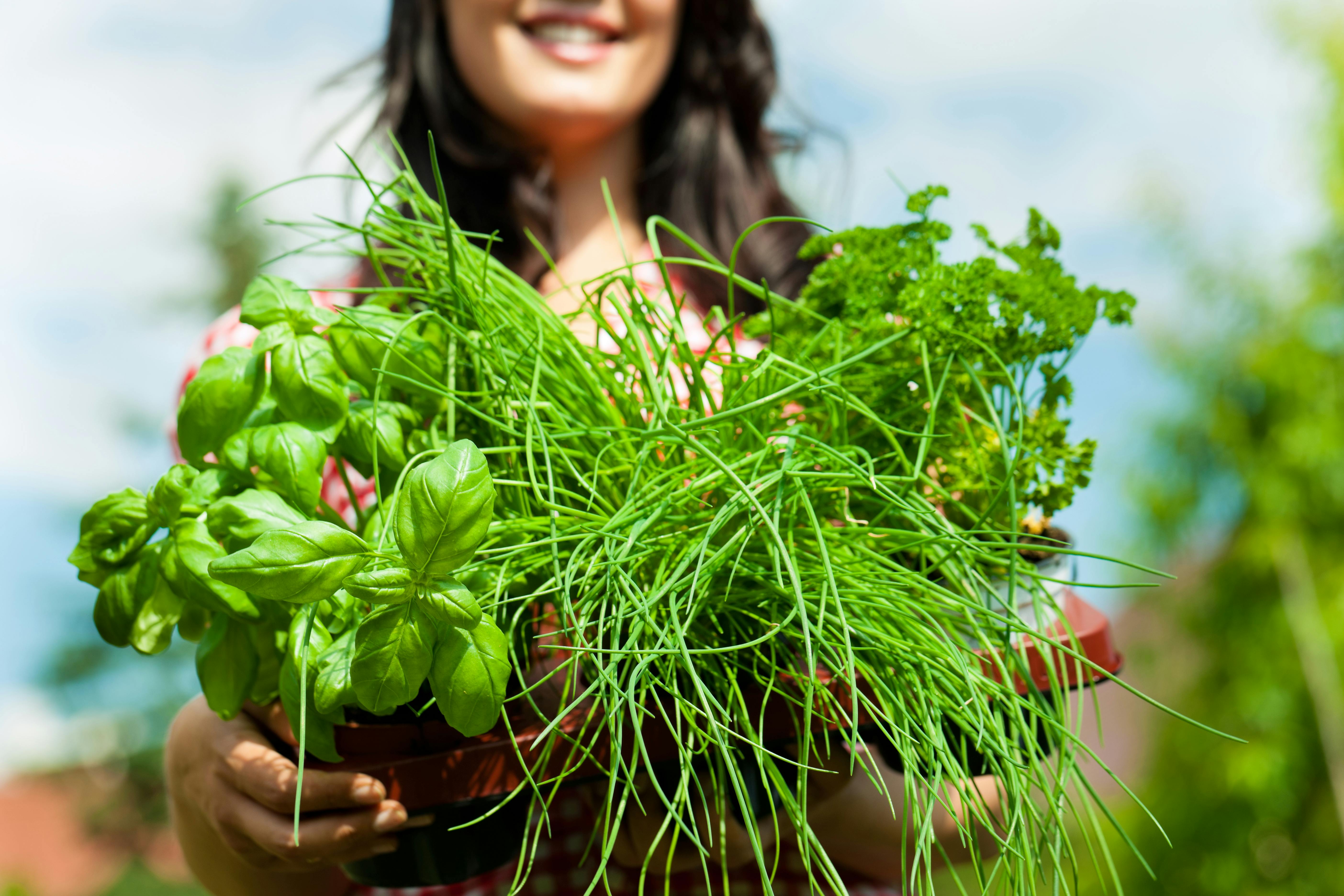Freshly prepared, homemade juice is one of the easiest and most delicious things you can do for your health. Each cup of nutrient-dense juice is loaded with plant-powered properties including vitamins, minerals, antioxidants, and phytochemicals – all of which help to lower inflammation and reduce the risk for chronic diseases.
Pick your produce wisely.
Opt for fruits and vegetables that have high water content (e.g. oranges and watermelon) rather than those with less water content (e.g. bananas and avocados). Some of the best fruits to juice are apples, oranges, pineapples, pears, lemons, limes, grapes, and watermelon. As for veggies, beets, celery, carrots, cucumber, kale, spinach, and tomatoes are some of our favorites.

Prep in advance.
Give your fruits and vegetables a good scrub before use to help remove any dirt or pesticide residues. Prior to juicing, peel or remove the produce skin as needed and remove the rind from all citrus fruits, as well as large pits and seeds from stone fruits. You’ll also want to chop food items down to the “right” size, which is just small enough to fit easily into the feed chute.
Juice for the whole family.
Juicing is a great way to help meet your daily recommended quota for fruits and vegetables, as well as filling in some nutrient gaps. So, whether you have a picky toddler at home, an elderly parent with a decreased appetite, a fast-food loving teenager, or a partner that could simply benefit from a nutrient boost, juices can be beneficial for everyone in the family. So, share the love.

Add subtle sweetness with fruit.
Vegetables are awesome. And so are vegetable juices. But, you’ll also be way more likely to drink juice and make it a daily habit if you look forward to the taste. A little sweetness from fruit goes a long way in terms of cutting the edge of bitter veggies. Our Bright Start recipe is the perfect example of blending veggies (including 2 ½ cups of kale!) with a bit of fruit (hi, apple and lemon)!
Make the clean-up part of your routine.
While both the nutribullet Juicer ™ and the nutribullet Juicer Pro ™ are easy to clean, it’s best to do it right after juicing. That way, it just becomes part of your juicing routine and you’ll be more likely to use it again tomorrow.
Opt for fresh fruits and veggies.
Frozen fruits and vegetables should never be used in a juicer – save them for your smoothies! That’s where they belong.

Use the pulp!
We don’t mean to judge, but let’s be real: waste is for the uncreative. The ‘by-product’ of the juicing process – aka the pulp – is a fiber goldmine. And it’s super easy to incorporate pulp into all sorts of tasty recipes. To reap its benefits, empty the contents of your pulp basin into an airtight container after juicing, seal, and refrigerate or freeze for future use. It can be blended into smoothies, stewed as a base for broth, mixed into dips, or added to pancakes, cookies, or muffins — the possibilities are endless.
Drink!
It’s generally best to drink your juice right away because the antioxidant activity does decrease over time. If you plan to drink the juice later, store it in an airtight glass container in the refrigerator and consume it within one day. For your convenience, the nutribullet Juicer Pro™ comes with two 12-ounce glass cups and freezer trays to store juice, pulp, and other creations for later use.
Make it pretty.
This one may seem superfluous (and OK, maybe it is), but we really do eat and drink with our eyes. A muddy, brown cup of juice is way less appetizing than a vibrant, colorful one. Presentation does matter – especially if you’re serving the juice to picky eaters, kiddos, or those combatting a bug.
Try out one of our delicious recipes below – each is a different color, but all are equally beautiful.
- Serenely Green
Fortifying spinach, cool cucumber with spicy-sweet ginger, and apple make a soothing elixir worthy of any spa menu.
- Orange You Glad
A flame-colored juice packed with nutrients that help to boost immunity.






















